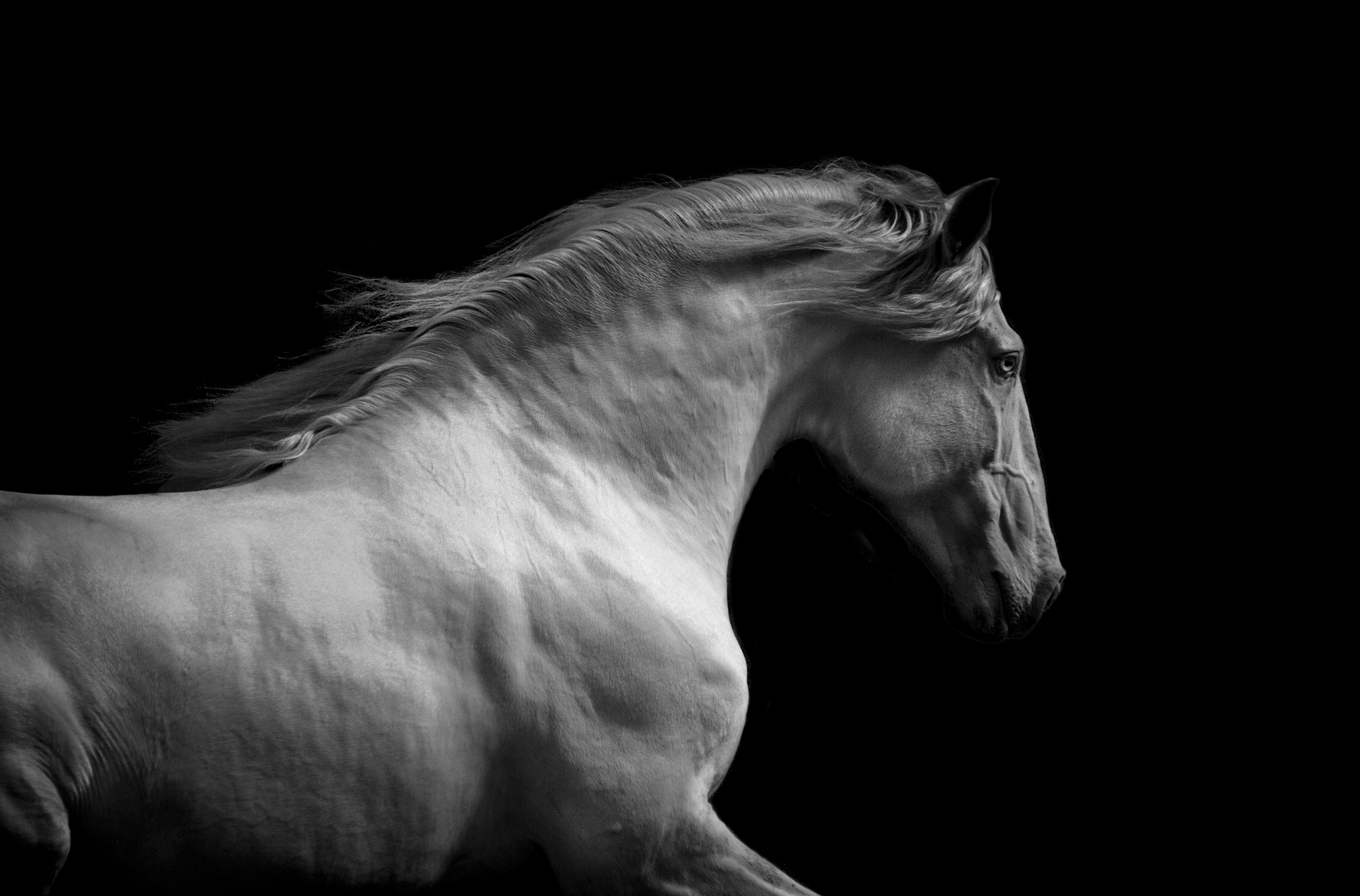. . . . The word used in Spanish for 'dressage' is 'doma.'
Essentially, it is the Spanish who gave us 'dressage' , which, ya, we all know, but just in case we didn't I thought I'd mention it. People forget that in the 16th Century, Austria and the Habsburgs were inherited by the Spanish throne, which is why it is called the Spanish Riding School in Vienna. Think about what this all means in terms of the history of the breeding of the horses themselves, who came from Spain in the 16th C.
Here's an interesting piece from Dressage Today, concerning contemporary developments out of the Spanish-Spanish dressage techniques into the New World generally, and particularly the US West, called doma vaquera.
In Spain, doma vaquera is also connected with the art of bullfighting. Both the work in the bullfighting arena and with cattle requires speed, quickness, agility and a high degree of collection from the horse. Unlike in dressage riding, where riders ride with one (snaffle bridle) or two reins (double bridle) in each hand, doma vaquera requires the rider to hold the reins in one hand, typically the left. The right hand must be free for work, such as holding the garrocha, a long pole designed to distract the bull. The discipline of bullfighting from a horse is called rejoneo. The horse for rejoneo is a doma vaquera horse that performs movements such as piaffe, passage, terre-a-terre, jambette, pirouette on three legs, etc.


No comments:
Post a Comment